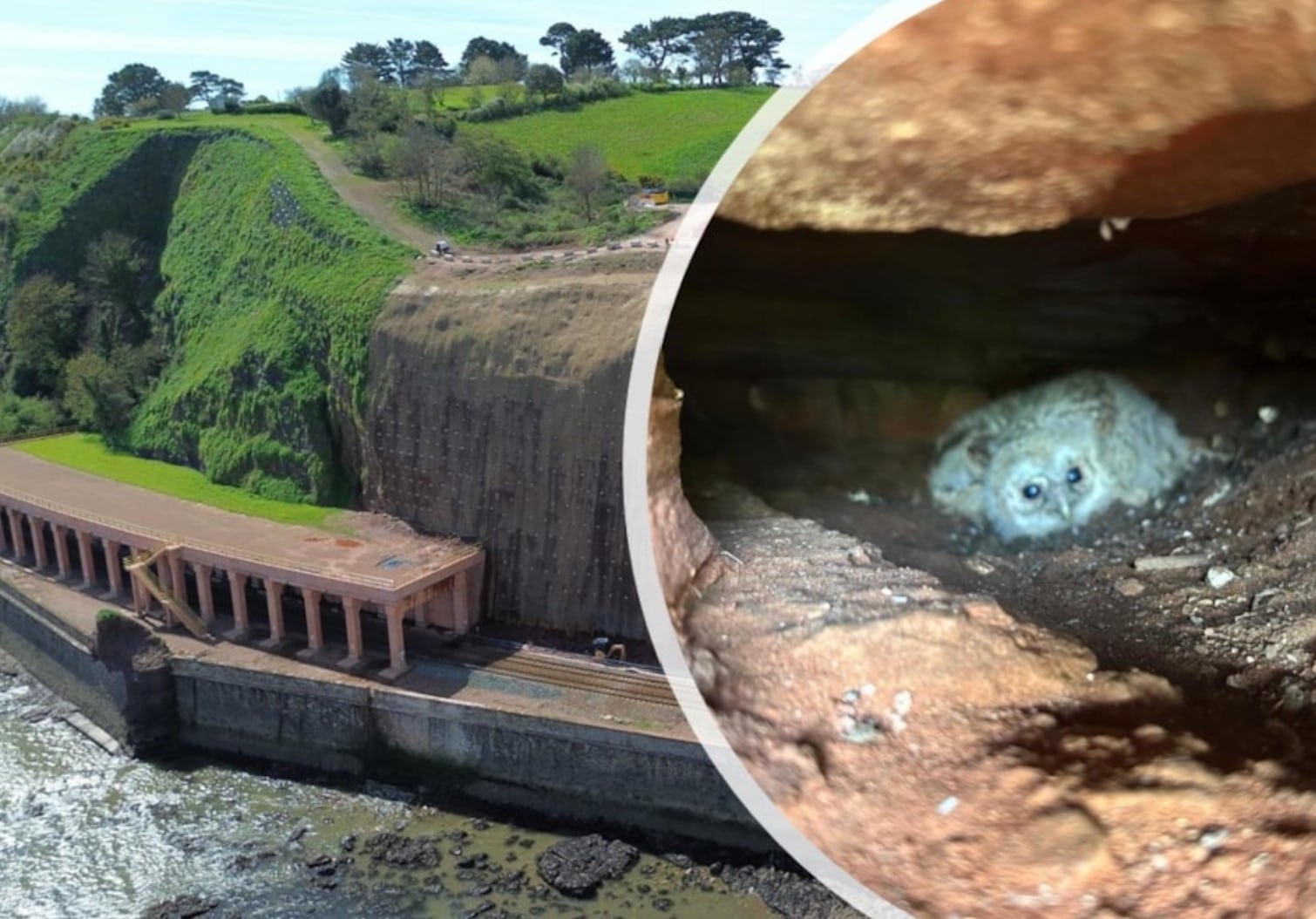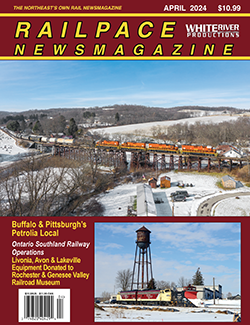A surprise was in store for an abseiling railway worker when he discovered a tawny owl nesting in a hole on Dawlish cliffs amid the bustle of a major worksite.
The operative was descending the sheer cliff face above the tracks and put his foot into a toehold – only to find his boot bitten by the protective mother-to-be.
Work close to the nest was stopped immediately to make sure no harm came to the bird of prey, who had laid two eggs – both of which have since hatched.
The owl has made herself at home amongst the noise and activity of Network Rail’s scheme to improve the resilience of a 1km stretch of railway between Dawlish and Holcombe, south Devon.
Contractor BAM Nuttall is installing 19,700 square metres of stainless steel netting, secured by more than 6,000 soil nails drilled to depths of up to 13m into the face of the cliff to prevent material reaching the track below.
Network Rail senior portfolio manager David Brown said: “We take our responsibility to wildlife very seriously and carry out checks before we start work on site.
“Tawny owls usually favour trees so it was something of a surprise for us to find the nest here, well hidden in a hole and so close to the railway.
“These birds need careful consideration under the Wildlife and Countryside Act, so we’ve set up a ‘no go’ zone around the nest to protect them from the noise of drilling. We’ll be tracking the movements of the owls and fledglings so that we know when it’s safe to resume our work.”
BAM Nuttall site supervisor Paul Taylor said: “The abseiler put his foot on a toehold for safety – and an owl suddenly popped its head out of the hole and attacked it! Luckily our operative was, of course, wearing safety boots with steel toe-caps.
“Closer inspection revealed the owl was sitting on two eggs so we immediately stopped work at this location and called in our ecologist for advice. We’re pleased to see that both eggs have hatched successfully.”
It is not known when the eggs were laid, but the incubation period for tawny owls is around 30 days, followed by 36 to 39 days before the owlets fly the nest. In the meantime, drilling and other activities is continuing on the scheme outside the exclusion zone.
Work on the Government-funded £37m project started on site in July 2023 as part of the Network Rail’s South West Rail Resilience Programme, and is due to finish later this year.


